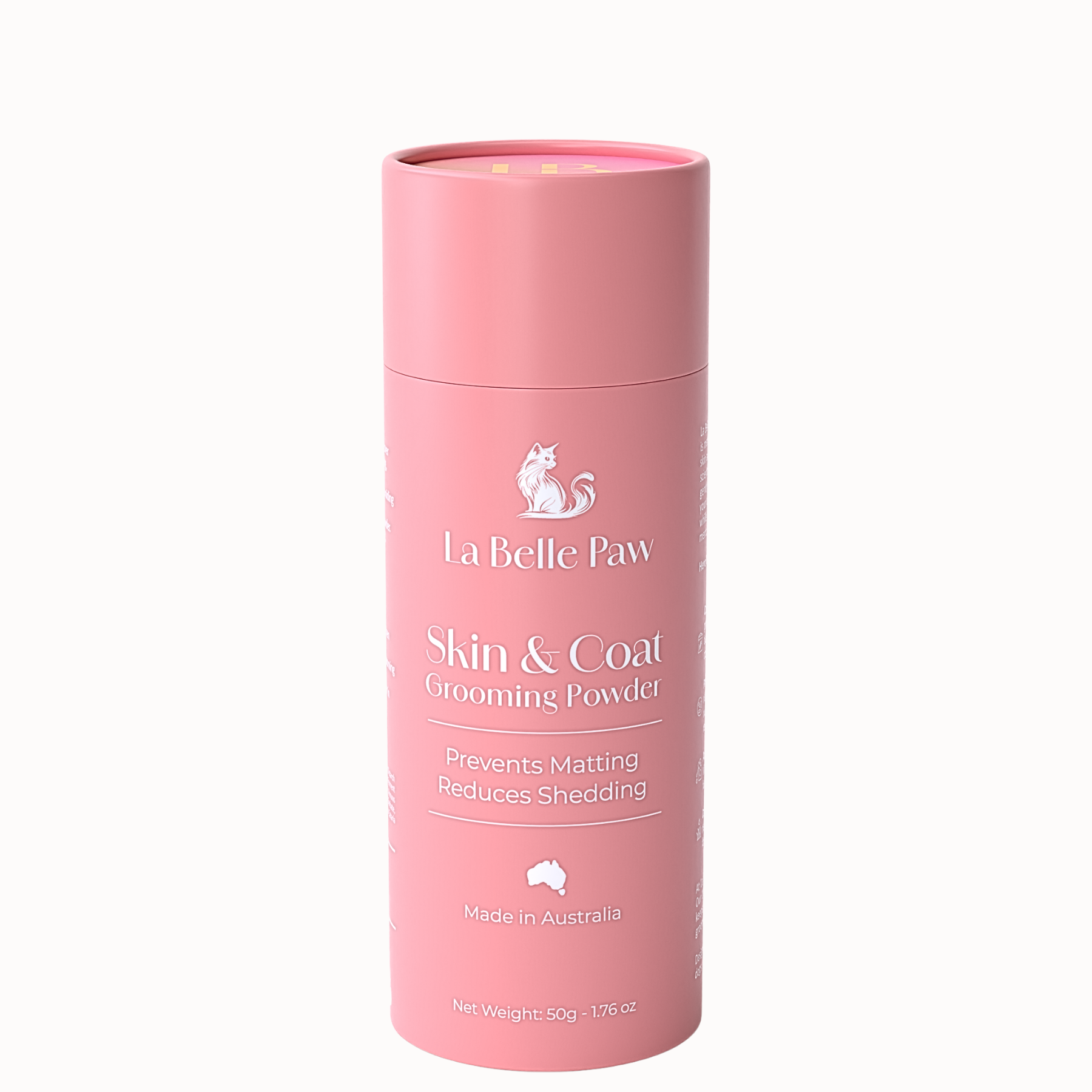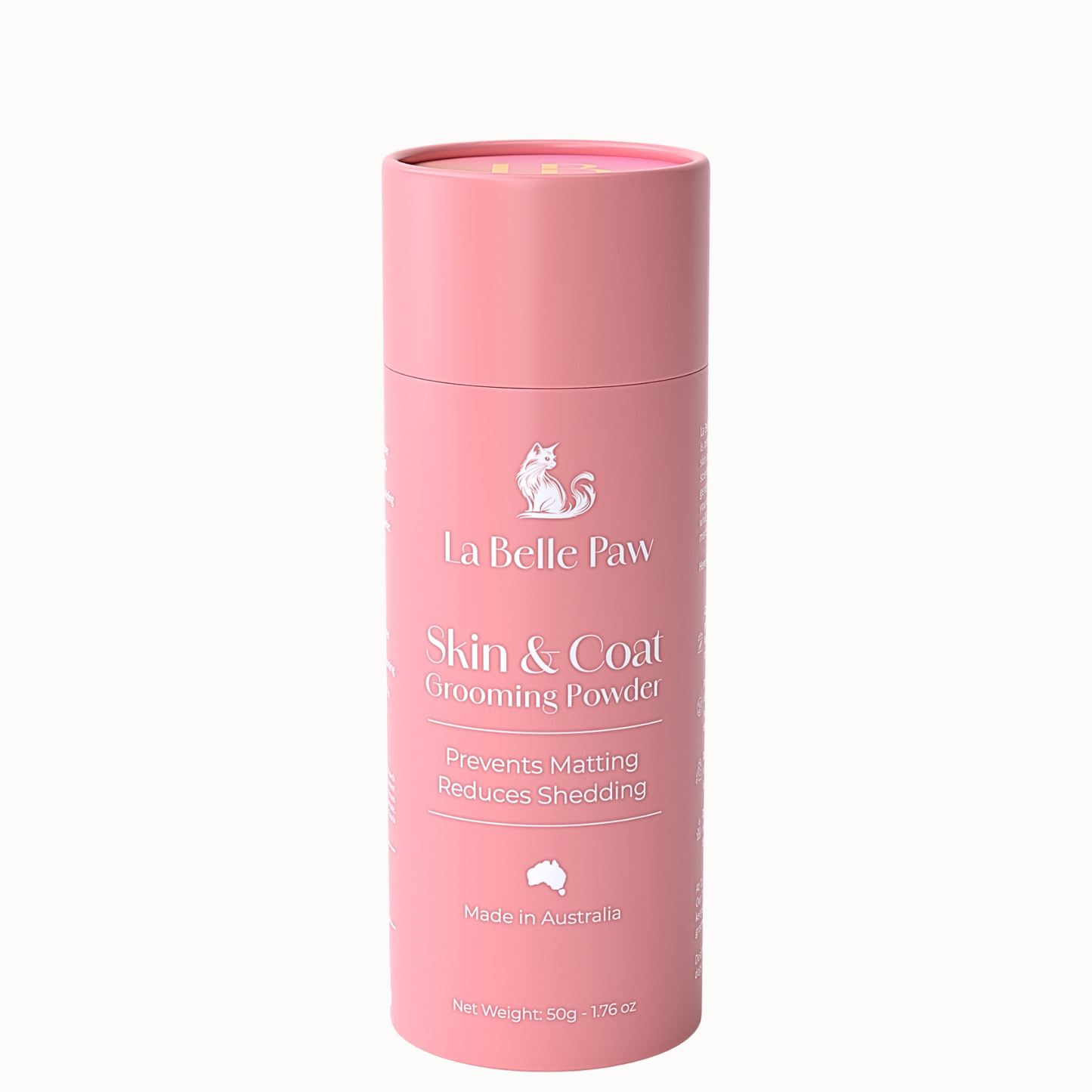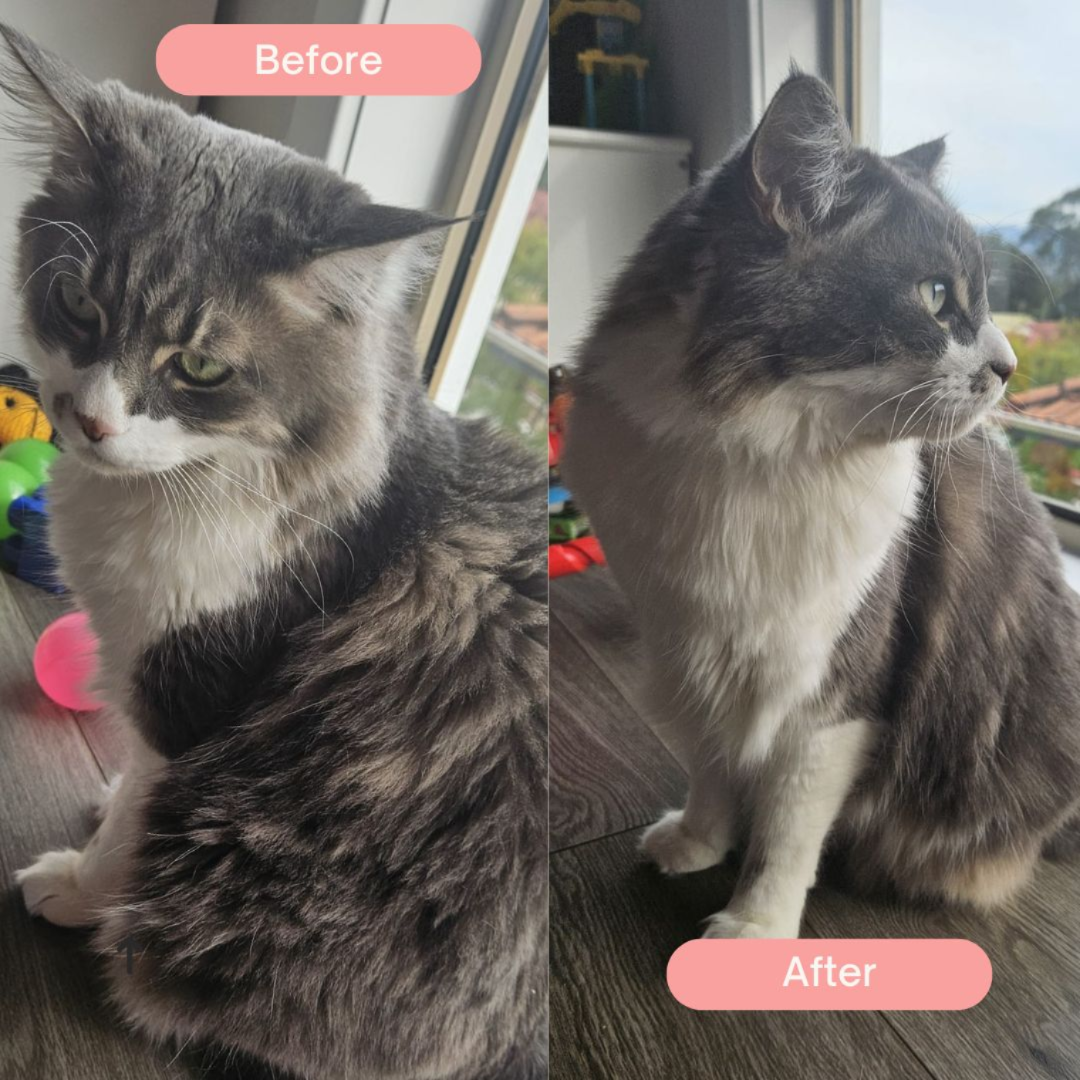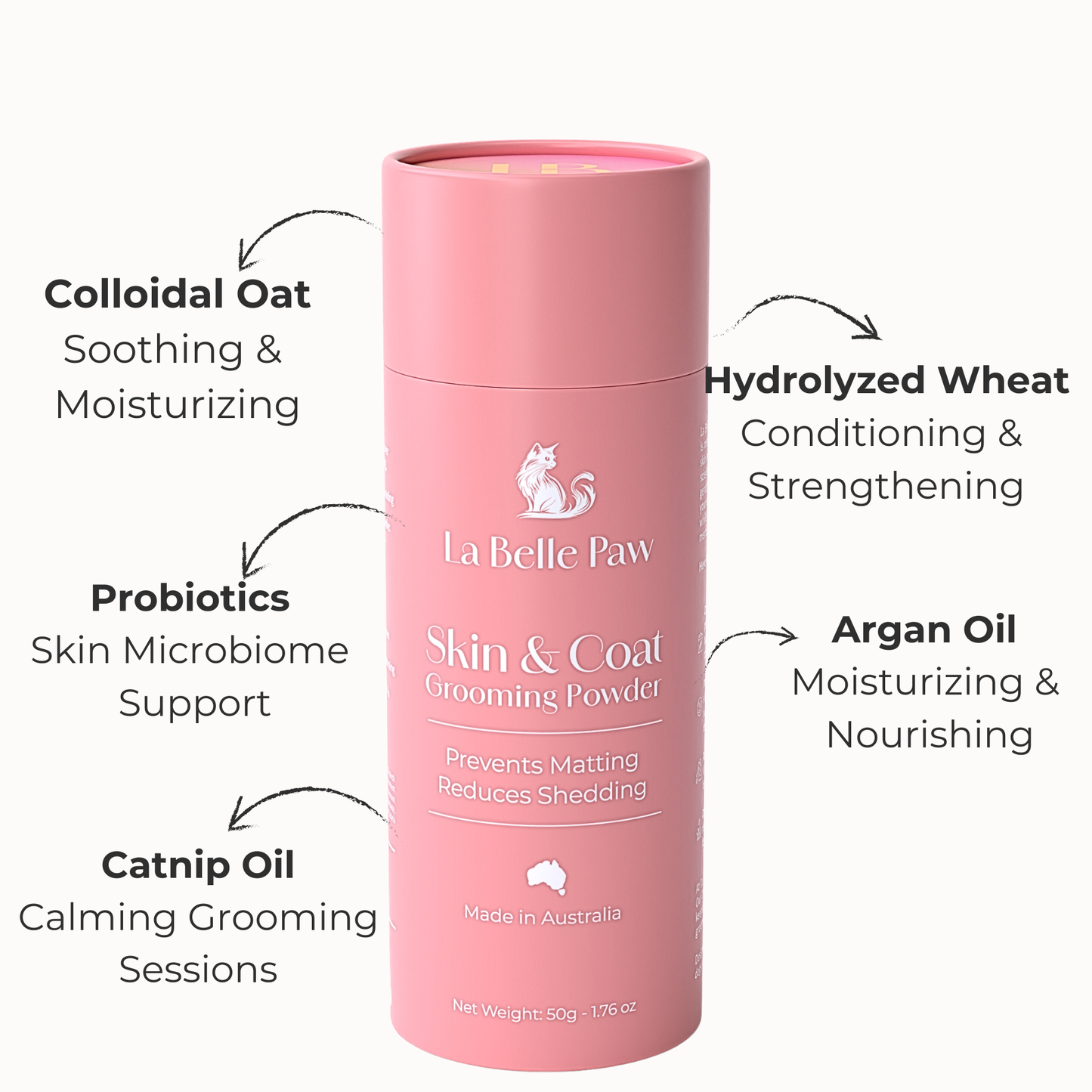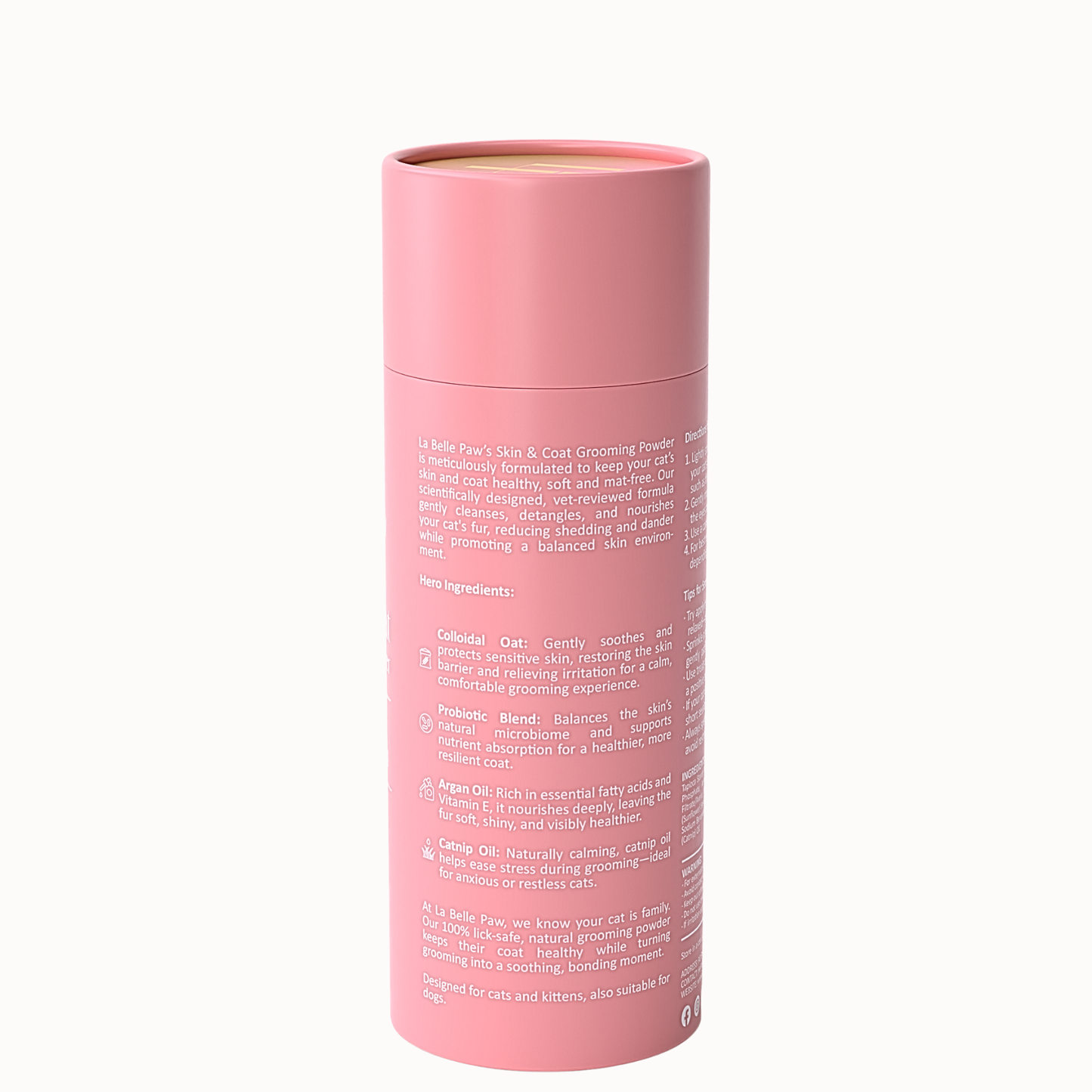
Which Brush Should You Use When Brushing Your Cat?
Share
Introduction
Brushing your cat is an essential part of maintaining their health and well-being. However, with so many different types of brushes available, it can be challenging to know which one is right for your feline friend. In this guide, we will break down the different types of brushes you can use based on your cat's coat type and grooming needs, ensuring that your brushing sessions are as effective and enjoyable as possible.
Why Using the Right Brush Matters
Choosing the right brush is crucial because it can:
- Reduce Shedding: Regular brushing helps remove loose fur, preventing excessive shedding and hairballs.
- Prevent Matting: Cats, especially long-haired breeds, can develop painful mats if not brushed properly.
- Stimulate Skin Health: Brushing distributes natural oils across the coat, promoting healthy skin and a shiny fur coat.
Types of Cat Brushes
Different brushes serve different purposes based on the type of coat your cat has. Here are the most common types of brushes you should consider:
-
Slicker Brush:
- Best For: Long-haired cats, prone to tangles and mats.
- Description: This brush has fine, short wires close together on a flat surface, ideal for detangling fur and removing loose hair from deep within the undercoat.
- Usage: Use the slicker brush gently to avoid scratching your cat’s sensitive skin, especially around the face and belly areas. It’s great for breeds like Persians and Maine Coons that have long, dense fur.
-
Bristle Brush:
- Best For: Short-haired cats, and for adding shine to all coat types.
- Description: The soft bristles of this brush help remove dirt and loose hair while redistributing natural oils for a sleek, shiny coat.
- Usage: Bristle brushes are ideal for cats who shed lightly. It's great for regular use and for bonding moments between you and your cat during grooming.
-
Metal Comb:
- Best For: Long-haired or medium-haired cats with thick undercoats.
- Description: A comb with wide teeth helps remove knots and tangles, especially in the undercoat, where mats are most likely to form.
- Usage: Use a metal comb after brushing to catch any remaining tangles. It’s especially useful for getting into hard-to-reach areas like the belly and armpits.
-
Rubber Grooming Brush/Glove:
- Best For: Short-haired cats, or cats that are nervous about grooming.
- Description: These brushes are gentle and feel more like a massage than a grooming tool, making them perfect for cats that resist brushing.
- Usage: The rubber material helps remove loose fur while giving your cat a relaxing massage. It’s also easy to clean and works well for cats that shed a lot but don’t have long fur.
-
Undercoat Rake:
- Best For: Long-haired cats or cats with double coats, like Siberians.
- Description: This tool is designed to remove the loose undercoat fur, which is often the cause of mats and excessive shedding.
- Usage: Use this tool sparingly, especially during shedding seasons. It’s highly effective for breeds with a thick undercoat, but make sure to be gentle, as pulling too hard can irritate the skin.
How to Choose the Right Brush for Your Cat
Here’s how you can choose the most appropriate brush based on your cat’s coat type:
- Short-haired Cats: A rubber grooming brush or a bristle brush is ideal. These brushes are gentle and effective at removing loose hair while distributing oils to keep the coat shiny.
- Medium-haired Cats: A slicker brush or a metal comb will help prevent tangles and keep the coat smooth.
- Long-haired Cats: For cats with long, flowing coats, a slicker brush, undercoat rake, and metal comb work best. These tools help manage mats and reduce shedding from the dense undercoat.
How to Brush Your Cat Effectively
- Start Slowly: Begin by letting your cat get comfortable with the brush by allowing them to sniff it and get used to its presence. Start with short brushing sessions to build trust.
- Follow the Direction of Hair Growth: Always brush in the direction that the hair grows to avoid causing discomfort.
- Check for Mats: Be gentle with any mats or tangles. Use a comb or slicker brush to carefully work through them, and never use scissors.
- Reward Your Cat: Reward your cat with treats or affection to make grooming sessions positive and stress-free.
Common Mistakes to Avoid
- Brushing Too Roughly: Cats have sensitive skin, so always be gentle when brushing, especially with metal combs or slicker brushes.
- Using the Wrong Brush: Using the wrong type of brush can cause discomfort or not be effective in removing loose hair.
- Skipping Grooming: Regular grooming is essential, even for short-haired cats, to maintain a healthy coat and reduce shedding.
Conclusion
Selecting the right brush for your cat’s grooming routine can make all the difference in keeping their coat healthy and shiny while minimizing shedding and preventing matting. Whether your cat has short, medium, or long fur, there’s a brush designed to meet their needs. Remember, grooming is not just about keeping your cat clean—it’s also a great way to bond with your feline friend.

